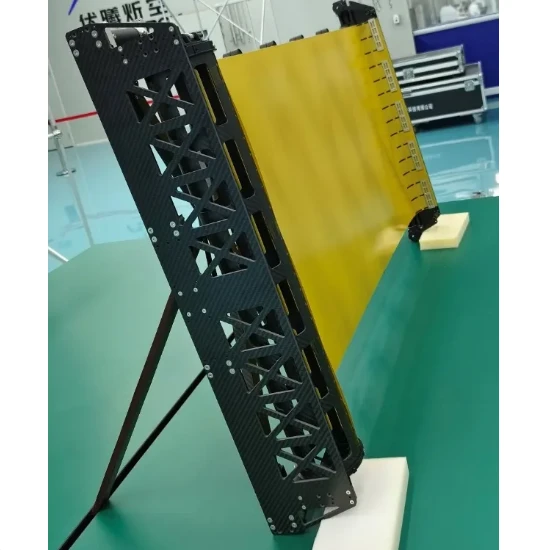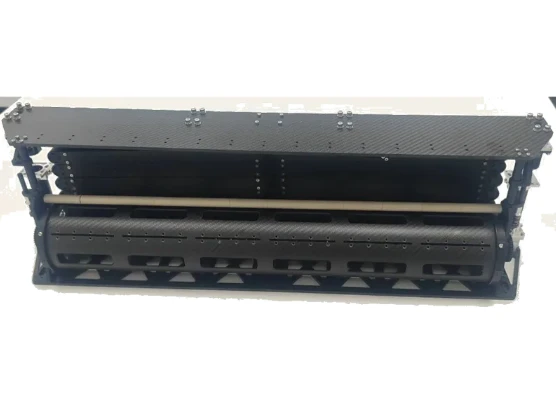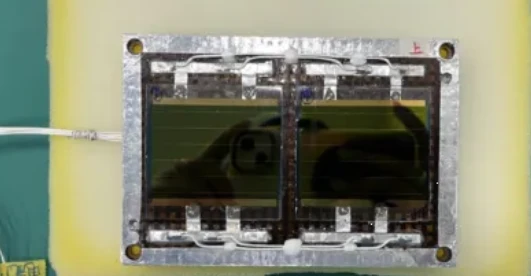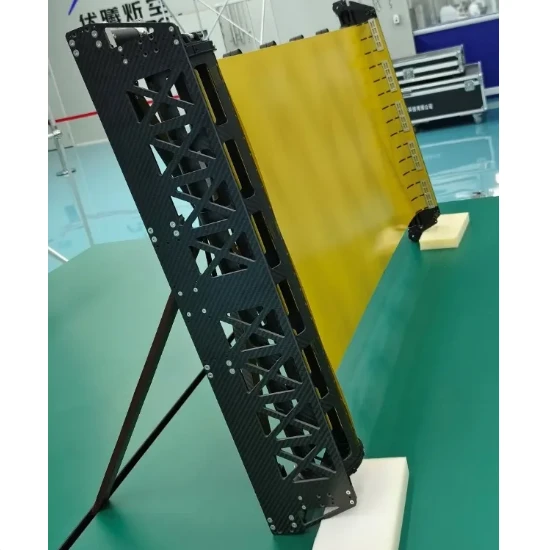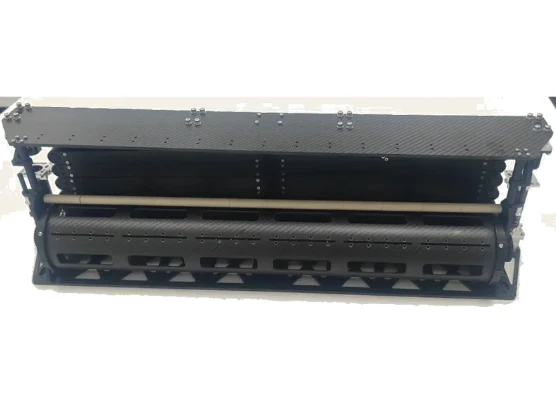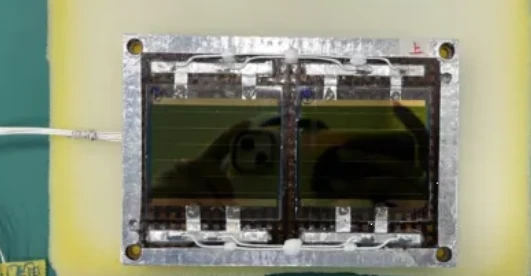
- Afirka
- Albaniya
- Amharic
- Larabci
- Armenian
- Azabaijan
- Basque
- Belarushiyanci
- Bengali
- Bosniya
- Bulgarian
- Catalan
- Cebuano
- China
- Corsican
- Croatian
- Czech
- Danish
- Yaren mutanen Holland
- Turanci
- Esperanto
- Estoniya
- Finnish
- Faransanci
- Farisa
- Galiciyan
- Jojin
- Jamusanci
- Girkanci
- Gujarati
- Haitian Creole
- hausa
- hawayi
- Ibrananci
- A'a
- Miya
- Harshen Hungary
- Icelandic
- igbo
- Indonesiya
- Irish
- Italiyanci
- Jafananci
- Yawanci
- Kannada
- kazakh
- Khmer
- Ruwanda
- Yaren Koriya
- Kurdish
- Kyrgyzstan
- Aiki
- Latin
- Latvia
- Lithuaniyanci
- Luxembourg
- Makidoniya
- Malagasy
- Malay
- Malayalam
- Maltase
- Maori
- Marathi
- Mongolian
- Myanmar
- Nepali
- Yaren mutanen Norway
- Yaren mutanen Norway
- Occitan
- Pashto
- Farisa
- Yaren mutanen Poland
- Fotigal
- Punjabi
- Romanian
- Rashanci
- Samoan
- Scottish Gaelic
- Serbian
- Turanci
- Shona
- Sindhi
- Sinhala
- Slovak
- Harshen Sloveniya
- Somaliya
- Mutanen Espanya
- Sundanci
- Harshen Swahili
- Yaren mutanen Sweden
- Tagalog
- Tajik
- Tamil
- Tatar
- Telugu
- Thai
- Baturke
- Turkmen
- Ukrainian
- Urdu
- Uighur
- Uzbek
- Vietnamese
- Welsh
- Taimako
- Yadish
- Yarbawa
- Zulu
Driving Precision In Photonics With Optical Transmission Measurement And Integrated Systems
In the ever-advancing field of photonics, precision is not optional—it’s essential. Whether developing next-generation fiber optics or fine-tuning the coatings on optical lenses, accurate data is the foundation of innovation. This is where optical transmission measurement becomes indispensable. When paired with modern integrated measurement platforms, it allows engineers, researchers, and quality control teams to evaluate multiple parameters simultaneously with exceptional accuracy and efficiency. Together, these technologies are redefining the standards of optical testing.
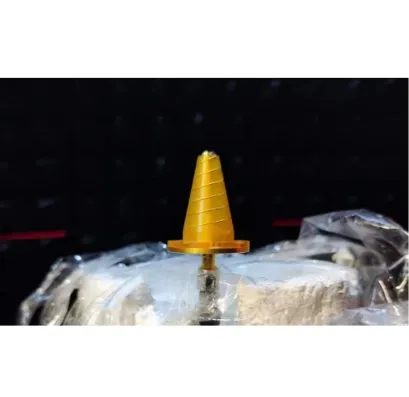
Integrated Measurement Brings Speed And Simplicity To Complex Testing
Optical testing often involves numerous steps: measuring how much light a material transmits, how much it reflects, and whether it distorts or absorbs particular wavelengths. In traditional setups, these tests require separate instruments and repeated calibration, leading to potential delays or data inconsistencies.
By using integrated measurement systems, all these evaluations can be combined into a single automated process. These platforms simplify workflow, reduce operator error, and deliver synchronized, high-resolution results. They are especially valuable in industrial environments where hundreds—or even thousands—of components must be measured each day with tight tolerances.
The integration of optical transmission measurement into these systems brings optical inspection into the age of Industry 4.0, where speed and real-time data are king.
Transmission Measurement At The Core Of Optical Innovation
Transmission measurement focuses on quantifying how much light passes through a given material or optical component. This seemingly simple process provides vital insights into material purity, coating effectiveness, and the optical density of lenses, films, and substrates.
For instance, in laser optics, transmission measurement is used to ensure that lenses allow precise wavelengths to pass through without distortion or attenuation. In solar technology, it helps optimize the light-capturing efficiency of photovoltaic layers. When applied in display technology, it supports the development of screens with better brightness and color accuracy.
Modern systems not only measure total transmittance but also analyze spectral transmission curves across UV, visible, and IR ranges—making transmission measurement a cornerstone of optical engineering.
Optical Transmission Measurement For Smart, Connected Testing
The capabilities of optical transmission measurement have expanded far beyond single-parameter checks. In today’s smart laboratories and automated production lines, this technique is often integrated with machine vision, robotics, and cloud-based data platforms.
For example, a high-throughput inspection line may use an integrated measurement station to analyze lens transparency, refractive index, and coating uniformity—all in one pass. The system can instantly compare measurements against digital specifications and trigger alerts or rework commands if deviations are found.
These intelligent workflows, powered by optical transmission measurement, ensure higher yields, faster quality feedback, and lower material waste—making them invaluable to companies focused on precision optics, biomedical imaging, automotive sensors, and more.
In summary, combining optical transmission measurement with advanced integrated measurement platforms empowers industries to test smarter, faster, and with more confidence. As the demand for high-performance optical components continues to grow, mastering these tools will be essential for staying ahead of quality and innovation benchmarks.
Whether you're evaluating anti-reflective coatings, fiber optic assemblies, or diagnostic lenses, investing in accurate transmission measurement technology is no longer optional—it's a strategic necessity.






